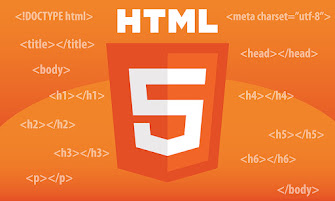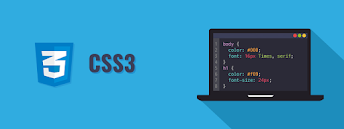Proxy servers are an essential component of modern internet infrastructure, serving as intermediaries between clients and the internet. Understanding how proxy servers work is crucial for anyone navigating the complexities of online communication and security. In this comprehensive guide, we'll explore the intricacies of proxy servers, their various types, and their significance in today's digital landscape.
Part 1: What is a Proxy Server?
A proxy server acts as an intermediary between a client (such as a web browser) and the internet. When a client sends a request to access a website or service, the request is first routed through the proxy server, which then forwards the request to the destination server on behalf of the client. This allows the proxy server to intercept, filter, or modify the request before it reaches its final destination.
Part 2: How Proxy Servers Work
1. Request Forwarding: When a client sends a request to access a website, it is first directed to the proxy server.
2. Connection Establishment: The proxy server establishes a connection with the destination server on behalf of the client.
3. Request Processing: The proxy server processes the client's request, which may involve caching, filtering, or modifying the request based on predefined rules or configurations.
4. Response Relay: Once the request has been processed, the proxy server relays the response from the destination server back to the client.
Part 3: Types of Proxy Servers
1. Forward Proxy: A forward proxy acts on behalf of clients within a private network, intercepting requests from clients and forwarding them to the internet. This type of proxy is commonly used for internet access control and content filtering within organizations.
2. Reverse Proxy: A reverse proxy sits in front of web servers and receives requests from clients on their behalf. It can perform tasks such as load balancing, caching, and SSL termination, improving performance and security for the backend servers.
3. Transparent Proxy: A transparent proxy intercepts client requests without requiring any configuration on the client side. It is often used for content caching and filtering without the knowledge of the client.
4. Anonymous Proxy: An anonymous proxy hides the client's IP address from the destination server, providing a layer of anonymity for the client's internet activities.
Part 4: Importance of Proxy Servers
1. Enhanced Security: Proxy servers can act as a barrier between clients and the internet, providing an additional layer of security by filtering out malicious content and preventing direct access to sensitive resources.
2. Content Filtering: Proxy servers can be used to restrict access to certain websites or content categories, allowing organizations to enforce internet usage policies and protect against potential threats.
3. Improved Performance: By caching frequently accessed content and offloading processing tasks from backend servers, proxy servers can improve overall network performance and reduce bandwidth usage.
4. Anonymity and Privacy: Proxy servers can provide a level of anonymity for users by hiding their IP addresses from the destination server, making it more difficult for third parties to track their online activities.
### Part 5: Setting Up and Configuring Proxy Servers
1. Choosing a Proxy Server: Select a proxy server solution that best fits your requirements, whether it's for personal use, organizational use, or specific use cases such as web scraping or content streaming.
2. Configuring Proxy Settings: Configure proxy settings on client devices or within network infrastructure to route traffic through the proxy server.
3. Testing and Monitoring: Regularly test and monitor the performance and effectiveness of your proxy server setup to ensure it meets your expectations and security requirements.
Part 6: Conclusion
Proxy servers play a vital role in internet communication, providing security, anonymity, and performance enhancements for both individuals and organizations. By understanding how proxy servers work and their various types and applications, you can make informed decisions about their usage and configuration to meet your specific needs. Whether you're looking to enhance security, improve performance, or protect your privacy online, proxy servers offer a versatile solution for a wide range of internet-related challenges.














